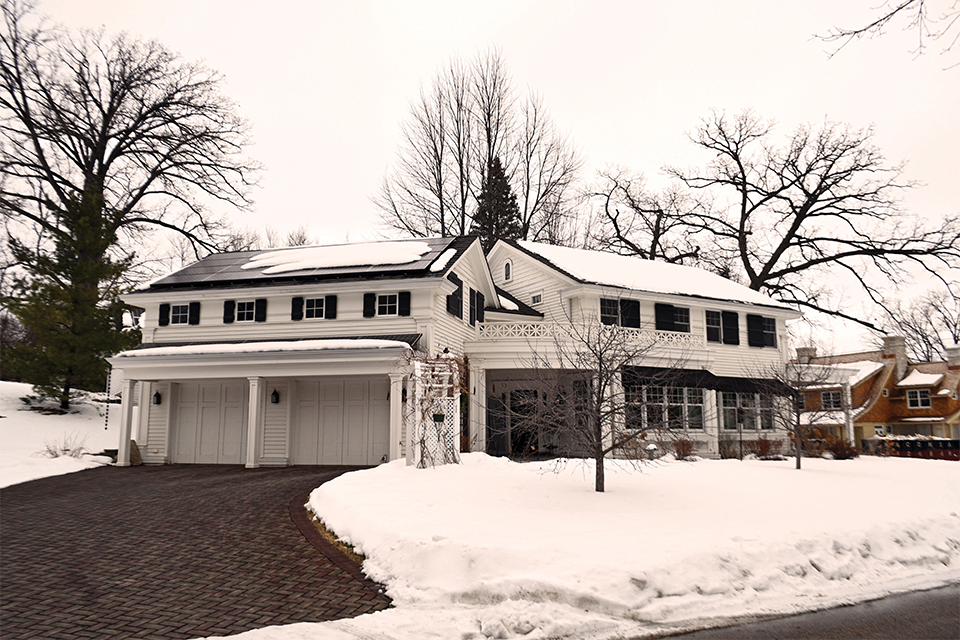New technology can make your house more sustainable – but can you afford it?

With millions of Americans working from home during the pandemic, you’d think our carbon footprints would be disappearing. And though there has been a dip in emissions due to reduced commuting (U.S. output dropped 12% at the height of the 2020 pandemic1), the United States still leads the world in annual per-capita carbon output. How do we turn it down?
Although our homes and lifestyles are creating the problem, they also hold the key to solving it. From eco-friendly designs in new home construction to incremental upgrades to improve the efficiency of existing homes, some intriguing solutions are right in front of us.
At the forefront of sustainably designed homes is LEED, short for Leadership in Energy and Environmental Design. Developed by the U.S. Green Building Council, LEED is a model for designing buildings with lower environmental impact at every stage of their lifecycle, from construction through long-term operation.
On average, LEED houses consume 20-30% less energy than the typical American home—with some models cutting consumption by over 60%2. They also use less water, and have fresher, healthier air, even though they are tightly sealed and leak virtually no heat or cooling.
Homeowners who invest in building a LEED house often benefit from tax breaks, insurance discounts, and other incentives. And with environmental awareness growing, green homes fetch higher prices and sell quicker than non-green homes.
Anatomy of a LEED House:
- Built with locally sourced materials when possible, walls and flooring are often made with wood reclaimed from demolished buildings
- Top-grade insulation and highly efficient windows
- Some LEED homes have solar panels, permeable driveway pavers that keep dirty water from running into sewers
- Inside, LEED-approved appliances and utilities use a fraction of the energy consumed by more conventional equipment; features include rain gardens that collect contaminated water and break down volatile compounds through evaporation
Although LEED builders can often match the price of more conventional homes, there’s not doubt that high-efficiency equipment can be costly.
 In Excelsior, a retired TV news anchor built his LEED dream home in 2012. Certified Platinum - the highest LEED rating – it was the first private residence in the state awarded that status. Designed by The Landschute Group, it was crafted to seamlessly blend in with the neighborhood’s early 20th-centruy homes. Its solar panels are subtly fused with the garage roof, quietly providing more than 60% of the home’s energy. Of course, the environmentally sustainable home has a price tag to match.
In Excelsior, a retired TV news anchor built his LEED dream home in 2012. Certified Platinum - the highest LEED rating – it was the first private residence in the state awarded that status. Designed by The Landschute Group, it was crafted to seamlessly blend in with the neighborhood’s early 20th-centruy homes. Its solar panels are subtly fused with the garage roof, quietly providing more than 60% of the home’s energy. Of course, the environmentally sustainable home has a price tag to match.
Is green technology possible for the average homeowner? Absolutely. From replacing incandescent lightbulbs with LEDs and EnergyStar-rated appliances to installing efficient insulation, air-tight windows, and low-flow showers and toilets, even modest changes can produce real energy and financial savings. It won’t happen overnight, but if enough Americans take small, steady steps, then we’ll help create a healthy, inhabitable planet for generations to come.